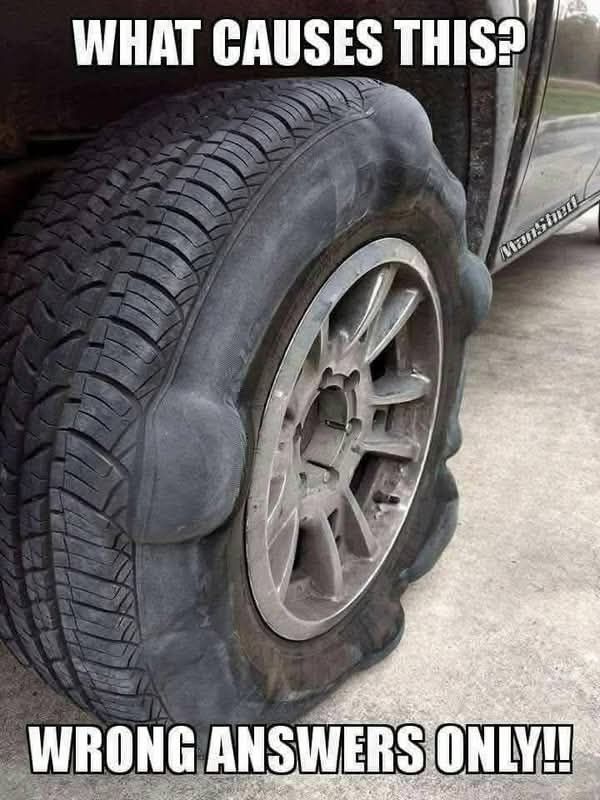Tire bulging is more than just a strange sight on your vehicle—it’s a potentially deadly warning sign that should never be ignored. When you spot a tire with a noticeable bubble or lump on the sidewall, it might seem like a minor cosmetic issue, but the truth is far more dangerous. A bulging tire indicates serious internal damage, and if left unaddressed, it can lead to a sudden blowout while you’re on the road. So, what exactly causes this unusual tire mutation, and how can you prevent it? Let’s break it down in a way that’s easy to understand and essential for any driver’s safety.

First off, tire bulging happens when the structural integrity of the tire has been compromised. The outer layer of rubber might still look fine, but underneath that surface, the internal plies or cords—which are responsible for maintaining the shape and strength of the tire—have been damaged. As a result, the air pressure inside the tire pushes outward against the weakened spot, forming a visible bulge. This failure in the internal structure is often hidden until the bubble appears, and by that time, the risk of a blowout is already dangerously high. The most common cause of tire bulging is a strong impact, like hitting a pothole, a curb, or road debris. Even if the outer layer doesn’t tear or show any immediate signs of damage, the impact can snap the internal cords. It’s the kind of damage that often goes unnoticed until the bulge forms, and at that point, the tire is already compromised.
Another contributing factor is the age of the tire or potential manufacturing defects. Tires aren’t made to last forever, and over time, the bonding between the internal components can deteriorate—even if the tires aren’t being used regularly. Environmental conditions, storage, and exposure to elements can all play a role in weakening the tire from the inside out. In rare instances, a tire may even leave the factory with a defect that causes early separation of its layers, leading to bulging after only minimal use. Incorrect tire pressure is another key reason for bulging. Driving with overinflated or underinflated tires puts uneven stress on the internal structure. Underinflated tires tend to flex more and build up excess heat, while overinflated tires place more pressure on specific areas. Both situations can weaken the cords inside and eventually lead to a bulge forming on the sidewall.
Now, why is a bulging tire so dangerous? It’s because that bubble is a ticking time bomb. The internal support has already failed, and only the thin layer of outer rubber is preventing a blowout. As the tire heats up while driving—especially at highway speeds—the pressure increases, and the weakened spot is much more likely to burst without warning. A blowout can lead to immediate loss of vehicle control, potentially causing accidents, collisions with other vehicles, or even rollovers in tall or heavily loaded vehicles. The consequences are severe, which is why tire bulging should never be taken lightly.
If you’re wondering how to spot a bulging tire before it becomes a serious hazard, there are a few key signs to watch for. Visually, you might notice a bubble or raised area on the sidewall. While driving, you may hear a rhythmic thumping sound or feel a slight wobble or vibration in the steering wheel, especially at higher speeds. If you detect any of these signs, you should stop driving immediately. There is no safe way to repair a bulging tire—it must be replaced. If you’re on the road when you notice the issue, pull over safely and either install a spare or call for roadside assistance. Driving further only increases the risk of a blowout. Preventing tire bulging is mostly a matter of good habits and regular maintenance. Check your tire pressure often and always keep it within the recommended range listed in your car’s manual or on the driver-side door. Try to avoid curbs, potholes, and debris on the road. Be especially cautious when driving at higher speeds or carrying heavy loads. Make it a routine to inspect your tires for wear, cracks, or bulges, and never use tires beyond their recommended lifespan—typically five to six years, even if the tread looks fine. Also, purchasing tires from reputable sources helps minimize the risk of defects. At the end of the day, tire bulging isn’t just about tire performance—it’s about your safety and the safety of others on the road. A small lump may seem harmless at first glance, but it’s a clear indication of serious internal failure. Don’t take chances. If you spot a bulge, replace the tire right away. It’s a simple action that could save your life.





